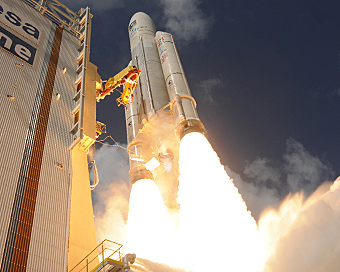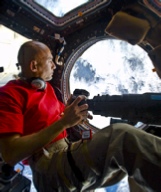ESA in a nutshell
The European Space Agency (ESA) was formed in 1975 by 10 European Member States as a merger of previous organisations ELDO and ESRO, which were founded in 1964 to give Europe independent access to space for research and exploration.
ESA's main sites are: Headquarters in Paris; ESA's technical heart ESTEC in the Netherlands; ESA's mission control ESOC and the European Astronaut Centre, both in Germany; ESA's Earth observation centre ESRIN in Italy; the space science and astronomy centre ESAC in Spain; the space security and education centre ESEC in Belgium; and ECSAT in UK for telecommunications and applications. Today, ESA has 22 Member States and has cooperation agreements with several more countries including Canada.
What is ESTEC (European Space Research and Technology Centre)?
ESTEC in Noordwijk, the Netherlands, is ESA's technical heart, where all European space missions begin. Some 2900 people from the 22 European Member States work on the planning, design, research and testing of space missions. The activities cover human spaceflight, space science, exploration, Earth observation, launcher development, navigation, telecoms, robotics, materials research, technology development and technology transfer.
All budgets and projects are managed by ESA ESTEC but the actual technology development and building of the satellites happens in the Member States. About 85% of the budget is spent on contracts within the European space industry.
Benefits of ESA the space programmes
The satellites ESA develops give us better weather forecasts, accurate satnav, many integrated applications, faster internet, safer air travel, live TV, better environmental protection and much more. The investment in space is returned multiple times.
The European space industry fosters cooperation and creates high quality jobs. It also makes European companies more competitive and it is a driver of many innovations that feeds back into the lives of all citizens of the world.















